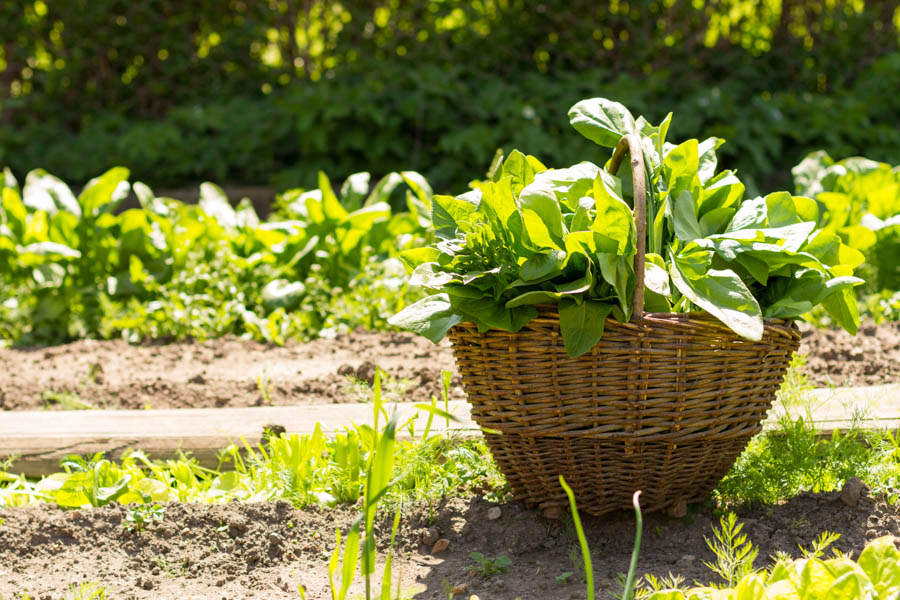Down and Dirty 9: Insect Pests and Diseases Usually Aren’t the Problem

Down and Dirty Southern California Gardening
A weekly GardenZeus article series to help gardeners succeed in Southern California’s unique climates and growing conditions.
Post 9: Insect Pests and Diseases Usually Aren’t the Problem
When your garden or landscape plants are diseased or infested with insect pests, obviously you need to deal with the diseases or pests, right? Maybe, says I. Treating an infestation of pests or diseases might help the plants that are currently affected, but this usually doesn’t address the real underlying problems.
Gardeners and homeowners naturally tend to focus on the visually obvious signs of plant problems, such as the bugs and the spots or discoloration on leaves, and also assume that if there aren’t obvious visual symptoms then the plants are fine. Many landscaping and horticultural professionals are more than happy to provide products and services to treat these symptoms without recognizing much less resolving the underlying issues.
Primary plant problems are the underlying stressors for plants, and usually relate to soil, watering, environment, weather or seasonal issues, and human choices or management. They are often invisible or at least less obvious than secondary problems. It’s easy to focus on secondary agents or causes and miss the primary cause(s) completely, which may be subtle or complex, and may require testing, analysis, or expertise to identify. Some primary problems can be resolved with right plant, right place, or by making better management and maintenance choices.
Examples of primary plant problems:
– Drought or insufficient water.
– Constantly wet soil, waterlogging belowground, anaerobic soil conditions, or overwatering.
– Alkaline, compacted, infertile, or dead soil.
– Nutrient deficiencies, toxicities, or high salinity in soil, such as from excessive water-soluble fertilizers.
– Environmental conditions that plants are not biologically or genetically equipped to tolerate such as hot weather, frost, too little or too much sun, and too little or too much shade.
Pests and diseases are usually secondary plant problems. They are Mother Nature’s cleanup crew. Usually they show up to shut things down when when something else has already gone wrong. They tend to occur repeatedly and in cycles, in some cases over years or decades when the primary problems aren’t resolved. While it is possible for insect pests or diseases to descend upon a healthy, unstressed plant or plant population, it’s far more common for infestations to occur when plants are stressed or weakened by primary problems.
“Down and Dirty Southern California Gardening” is a weekly GardenZeus article series in which expert Darren Butler shares more than 20 years of experience about what works and what doesn’t with gardening in Southern California:
Post 8: Tips for Testing Soil pH at Home with a Soil pH Meter
Post 10: Earwigs Are Fickle Allies in the Garden
All articles in this series: Down and Dirty Southern California Gardening
GardenZeus Calfornia climate zones
Enter your California zip code for customized advice by plant